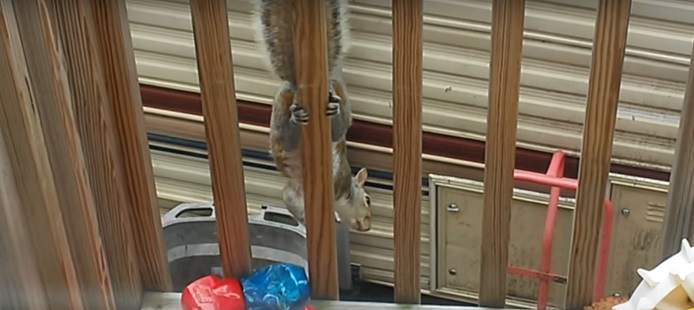Wild animals like squirrels and Nassau County raccoons have been known to get into attics in their search for food, warmth, and
security. Once they make their home in the space, they can cause significant damage and pose a health risk for all
of the people and pets in the household. Do you have wild animals in the attic? If you ever considered using repellents,
it is important to take note of the more effective ways to get them out.
 In the first place
In the first place
Most animals choose the attic as a place to hide during the cold season. Aside from the fact that the temperature is usually
warm in this part of the house, the attic is also a fairly accessible place depending on the structure and maintenance of your
home. This is due to the possible entryways these New York animals have made for themselves or we have unknowingly spared for them. You
should check:
• Any broken roof shingles
• Any hole in the wall
• If the doors are always left unclosed
• If the screens are affixed to the frame properly
• If there are openings or gaps anywhere around the structure, especially near the side of the roof
A temporary fix
Perhaps you’ve tried different repellents like traps, mothballs, ammonia, or even poisoning. Other noise-emitting devices available
in the market have also promised to get rid of your worries. But how far can each one of these really last and keep wild animals out
for good? These are all but temporary fixes.
Other drawbacks of using repellents
Do-it-yourself repellents usually leave the animals dead, particularly their young. If the structure of the house and parts of the
exterior has damage or holes in them, then you have other major concerns to reconsider. Proper maintenance of the attic is also necessary
to ensure long-lasting benefits of the procedure.
What actually works?
Eviction fluid is the only pest repellent so far which has been proven to deliver promising results. Take for example raccoon eviction fluid
that has ingredients that consist of an adult male raccoon’s urinary glands and the urine itself. By nature, the smell of the mixture instantly
drives off a nesting female Nassau County raccoon to move out. Not only that, but the female raccoon’s maternal instinct drives her to tug along her babies
wherever she goes. That leaves everyone guilt-free and out of trouble.
What does it mean?
In other words, there will be no issues about inhumane ways of evicting an endangered animal (e.g. killing or illegally relocating these
animals somewhere else). It is, however, important that any evicting procedures using fluid formulas are carried out by a wildlife removal
expert or any well-experienced professional in this type of field. It’s not usually safe to just leave the mixture and wait for days as other
animals might show up and risk the chance of acquiring a transmissible disease, which could be harmful to humans. Besides, these people know
which eviction fluid will work on different New York animals, so the smartest solution is to leave it all up to them.